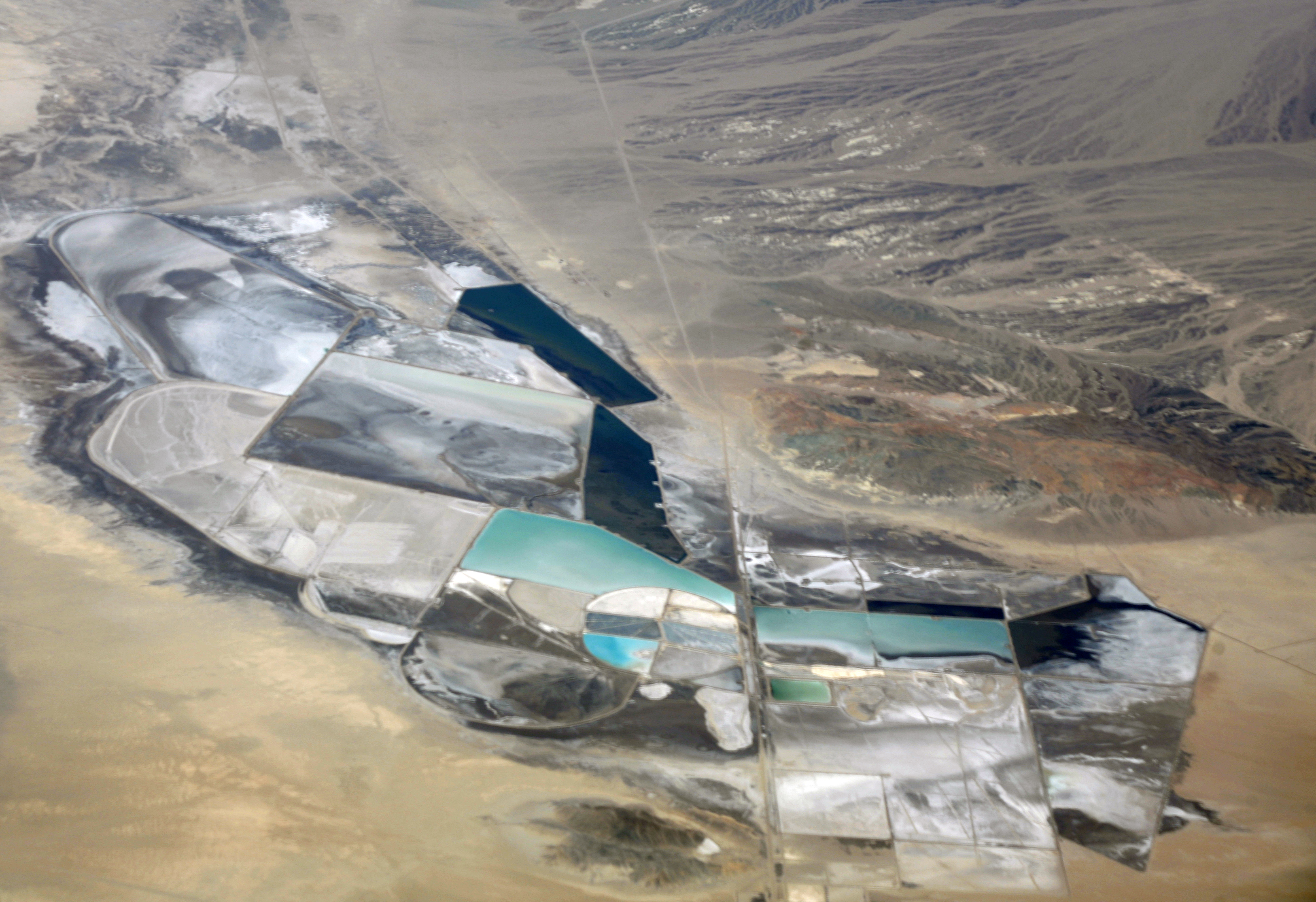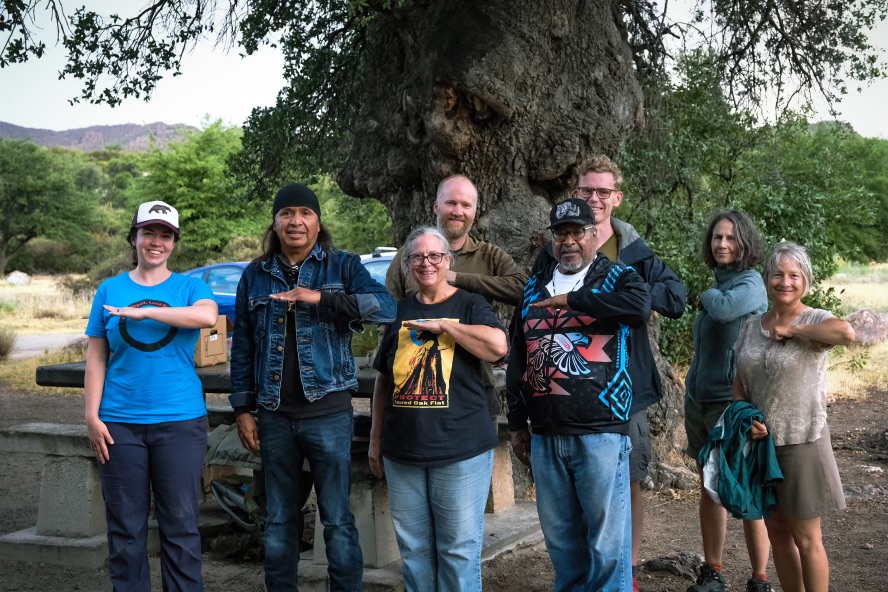Considering the “dirty” impacts of critical minerals mining

Making the transition to clean energy is an important step in addressing the climate crisis. Still, an often-overlooked result of the expansion of renewables is the expansion of mining for critical minerals. Current clean energy technologies depend on minerals like cobalt and lithium and demand for these minerals could increase sixfold by 2040.
Renewable energy technologies such as solar, wind and electric vehicles require components made from critical minerals. Critical minerals are hardrock substances necessary for manufacturing high-technology devices with a short supply or the potential for shortages. In addition to cobalt and lithium, other critical minerals include nickel, silver and rare earth elements such as neodymium and dysprosium.
With the boon in electrical vehicle production and the switch to other clean energy sources, some estimates show that by 2040 we will need six times the production of these minerals to keep up with demand and stay on track to meet global emissions reduction goals.
Because critical minerals must be extracted from the earth through mining, the rapid transition to renewables could have significant unintended environmental and social consequences.
The problem
In the U.S. and globally, while mining can bring jobs, economic opportunities and tax revenue, it can also cause displacement, labor exploitation and contamination of air, water and soil. Countries where mining for critical minerals is expected to increase significantly in the near term include the U.S., Canada, the Democratic Republic of the Congo, Uganda, Indonesia, Bolivia, Chile and Mexico.
Currently, companies in the U.S. rely heavily on imports for their critical mineral supply, but policymakers in the White House and Congress are seeking to increase domestic mining.
The primary law governing hardrock mining in the U.S. is the General Mining Law of 1872. This law, signed by president Ulysses S. Grant more than 150 years ago, gives private companies wide latitude to mine on federally owned lands and limits the federal government’s ability to reject mining projects once a company or individual has “staked” a section of public land.
The General Mining Law gives mining on public lands priority over all other uses (such as recreation or preservation), does not require mining companies to pay federal royalties and does not require any specific environmental protections. And, although Indigenous lands are often adjacent to the public lands where mining occurs, the law also does not require any consultation with Indigenous communities whose land, water and sacred sites are at risk of harm from mining operations.
Policy solutions
The Clean Energy Minerals Reform Act (H.R. 3495, S. 1742)
This proposed bill would reform the General Mining Act of 1872 by requiring mining companies to consult with Indigenous communities, observe more rigorous environmental standards and pay royalties for mining on public lands (12.5% royalties on new mines and 8% on existing mines). It would also see 75% of royalties paid to the federal government go to supporting the Hardrock Minerals Reclamation Fund, which would be used to clean up abandoned and hazardous mining sites.
Pushback against this bill includes the concern it would drive up the price of critical minerals. Rep. Raúl Grijalva (D-Ariz.), the bill’s lead sponsor, responded to this criticism by arguing, “Minerals like copper and lithium are essential for our clean energy future, but that doesn’t mean we should sacrifice our environment, health and sacred or special places just to get them.”
The Battery and Critical Mineral Recycling Act
Recycling of critical minerals in both the products already in consumer’s hands and future products reduces the need for mining and the potential for environmental and social harms that inevitably come with mining projects.
A 2021 report from the Institute for Sustainable Futures found that recycling could provide 25% of the demand for lithium, 35% for cobalt and nickel, and 55% for copper by 2040. The report argues that “it is technologically possible to recover all four metals at rates above 90% and current recovery is limited by the lack of a strong economic driver or policy that could encourage the use of recycled materials.”
The bipartisan Battery and Critical Mineral Recycling Act would fund research into better battery design and recycling programs and initiate a voluntary labeling program for batteries to help with both consumer education and proper recycling practices.
International engagement
The Extractive Industries Transparency Initiative (EITI) is a coalition of nations, industries and civil society groups that work toward increasing transparency within oil and mining industries to reduce corruption. The U.S. joined the EITI as an implementing member in 2014 but withdrew its implementation membership in 2017. The U.S. should fully rejoin as an implementing member of EITI.
Corporate responsibility
While current laws are not sufficient in protecting against mining practices harmful to the environment and human health, some independent organizations offer auditing and certifications to increase mining standards. The Initiative for Responsible Mining Assurance is one such organization, certifying mines based on social and environmental best practices. While this is a voluntary service, some industries, such as car manufacturers, are beginning to require that components use critical minerals from certified mines.
Potentially harmful proposals
Some policy proposals that could increase the harmful effects of critical minerals mining include:
A presidential declaration of a “climate emergency”, which could accelerate mineral extraction without strengthening environmental and social safeguards
Proposals that require a rapid transition to U.S.-sourced minerals, such as the electric vehicle provisions in the recently passed Inflation Reduction Act
Other executive orders and legislation that aim to increase critical minerals mining or processing by removing regulatory barriers.

In conclusion
We are at a pivotal point in the transition from fossil fuels to clean energy. While solar and wind energy, electric cars and efficient batteries can help stave off the worst effects of climate change, we cannot accelerate the usage of clean energy without considering the “dirty” impacts of critical minerals mining. By supporting policies that promote better recycling systems, require stronger environmental regulation at mine sites and require consultation with affected communities, we can fulfill our commitment to care for God’s creation and protect God’s people from harm.

